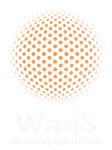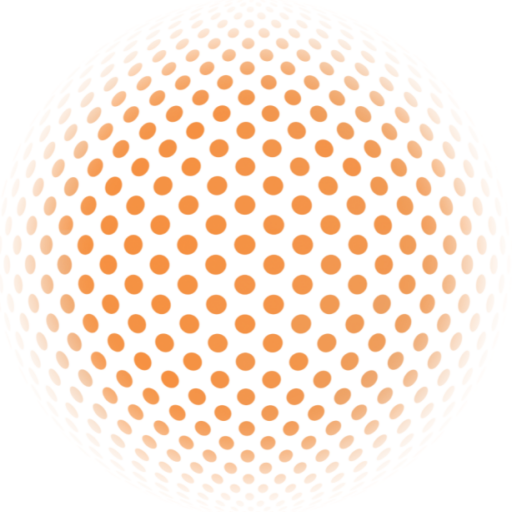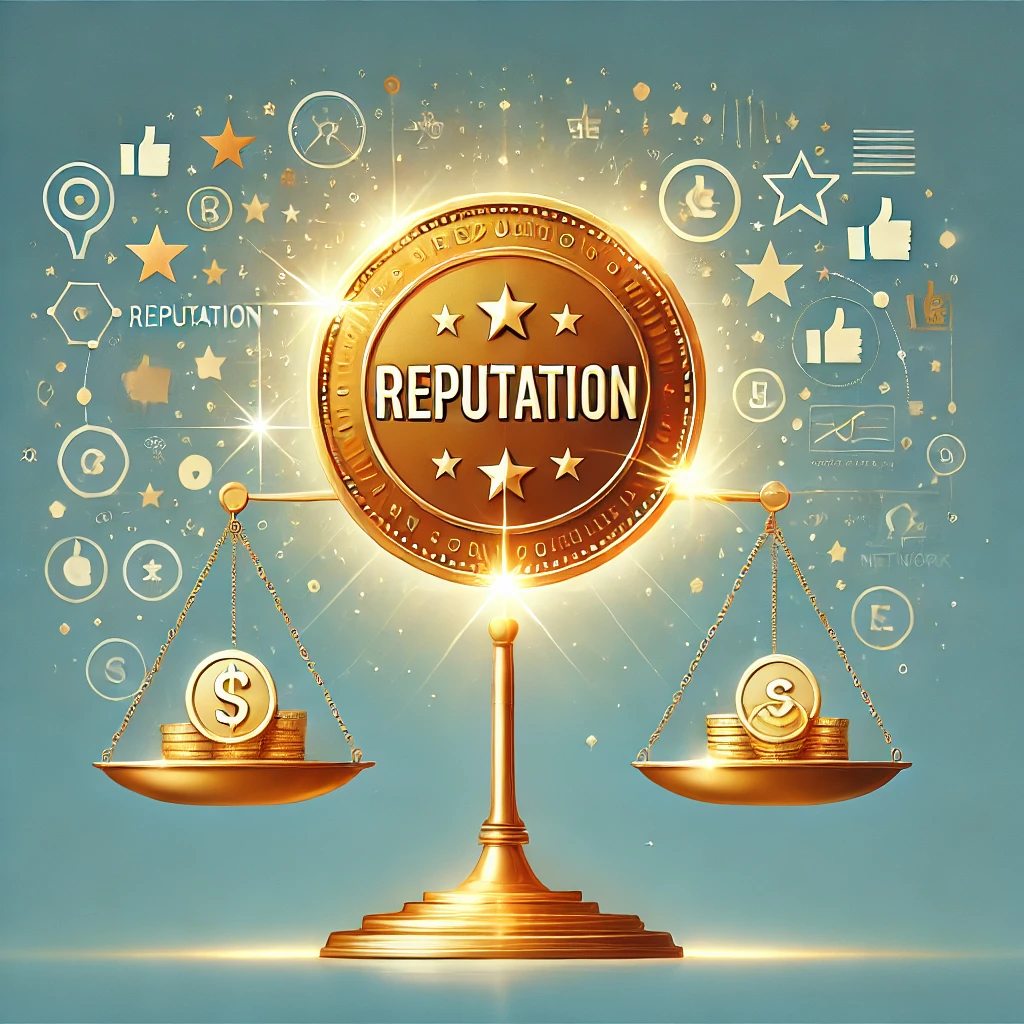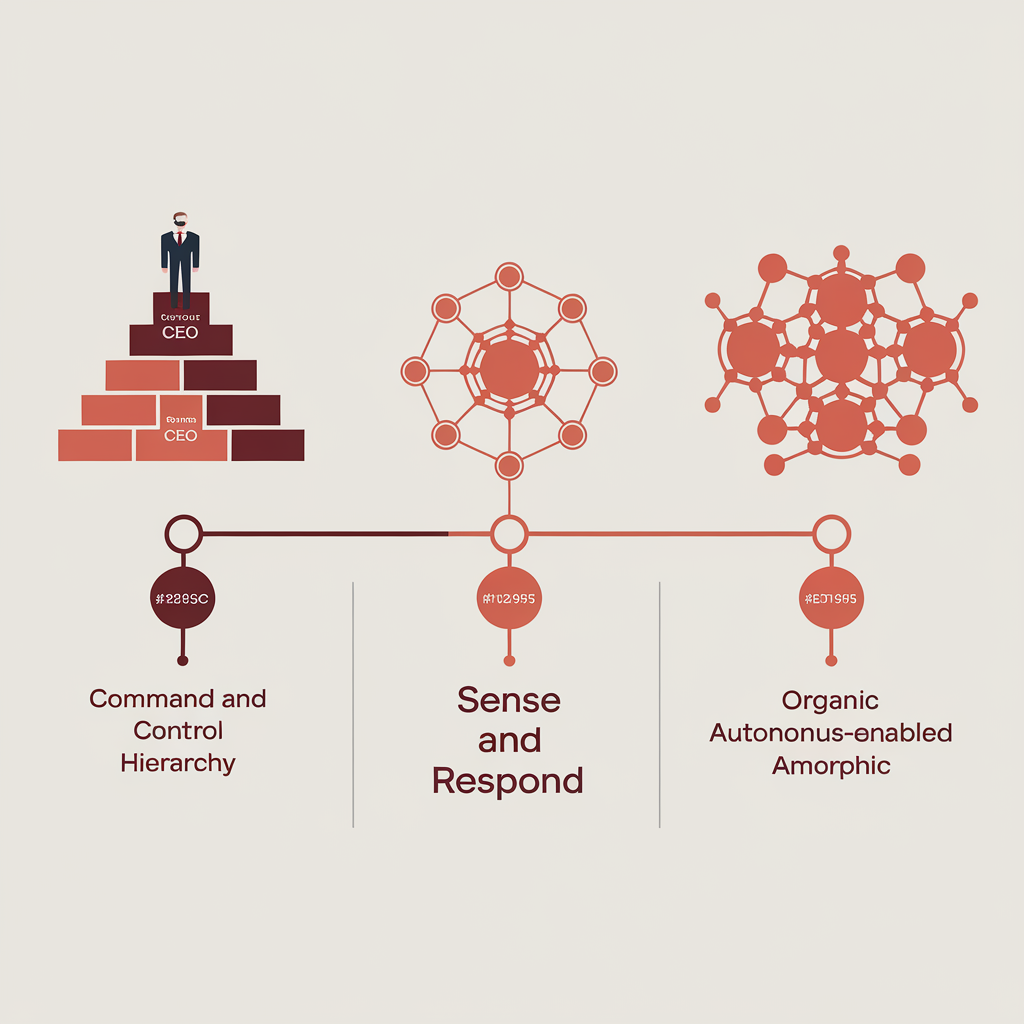The Three Layers of the Business Stack: WaaSTM Innovation Framework
In the ever-evolving business landscape, it is crucial to understand the dynamics between creativity, transaction business costs, and consumer needs. This article outlines simplifying the business stack into three distinct layers: the Creativity Layer (Value Creation), the Transaction Cost Layer (Value Optimization), and the Consumer Layer (Value Experience), each layer playing a vital role in facilitating innovation and enhancing customer satisfaction.
- Creativity Layer
The Creativity Layer is the foundation of innovation. It comprises creative individuals and teams (Creatives) who perceive the world differently, and challenge conventional norms in creating and enhancing products and services. The Creativity Layer is characterized by:
- Divergent Thinking: Creatives are adept at identifying unmet needs, whether expressed or tacit, within the target market. They leverage their unique perspectives to generate ideas that address customer pain points.
- Innovation: By breaking away from traditional approaches, the Creativity Layer fosters the development of groundbreaking solutions. Whether through new product designs or improved service delivery, the Creativity Layer is where the seeds of change are sown.
- Customer-Centric Focus: Creatives prioritize understanding the consumer’s journey, ensuring that their innovations resonate with the end user. This focus is essential for creating value that genuinely satisfies customer needs.
- Transaction Cost Layer
The Transaction Cost Layer is the bridge between the Creativity Layer and the Consumer Layer. Drawing on Ronald Coase’s transaction cost theory, this layer emphasizes the importance of reducing friction during the process of exchanging value. Its key components include:
- Asset-Based Services: This layer uses proven business frameworks and models to streamline operations and minimize transaction costs. By optimizing operational processes, businesses enhance efficiency and effectiveness.
- Friction Reduction: By addressing barriers to exchange, such as high transaction costs or inefficiencies in service delivery, the Transaction Cost Layer facilitates smooth interaction between Creatives and Consumers. The goal is to create an environment wherein all ecosystem members exchange value seamlessly.
- Feedback Mechanism: The Transaction Cost Layer also acts as a conduit for feedback from Consumers to the Creatives. This feedback loop is critical for continuous improvement and enables businesses to adapt their offerings based on real-world consumer experiences.
- Consumer Layer
At the top of the stack is the Consumer Layer. This is where the end users engage with the products and services developed in the Creativity Layer. The Consumer Layer is defined by:
- Maximizing Marginal Utility: Consumers want the greatest possible satisfaction from their purchases. The Creatives design their services specifically to achieve this level of satisfaction by ensuring their offerings align as perfectly as possible with consumer desires and needs.
- Active Participation: Consumers are not passive recipients; they provide valuable feedback through the Transaction Cost Layer. Intimate engagement with the customer informs Creatives about evolving preferences and market dynamics, and ensures that their products and services remain relevant.
- Value Creation: The Consumer Layer is where value is realized. The interaction between Consumers and their feedback on the services they use leads to a cycle of innovation, where feedback drives further enhancements and refinements.
Conclusion
In conclusion, these three layers – Creativity, Transaction Cost, and Consumer – comprise an effective lens to analyze and understand the business stack. Each layer plays a crucial role in fostering innovation and ensuring that businesses can adapt to the fluid needs of their customers. By recognizing the interplay between these layers, organizations can create more agile and responsive business models, ultimately leading to enhanced customer satisfaction and sustained competitive advantage.
This framework simplifies the complexities of business interactions and also highlights the importance of collaboration and continuous improvement in pursuing of innovation.








Leave A Comment